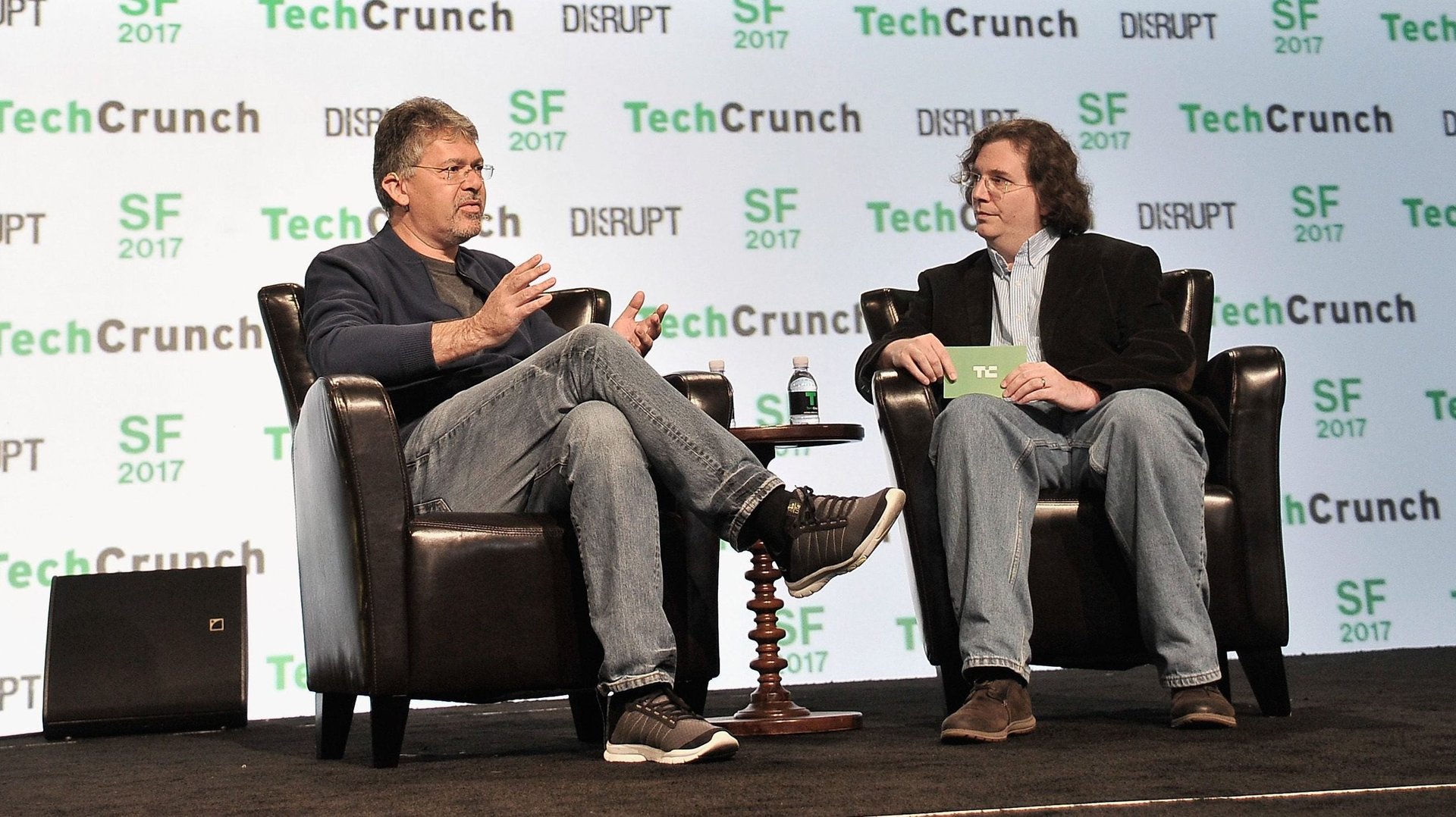What Apple is getting by poaching Google’s top AI executive
Apple has poached Google’s head of artificial intelligence, John Giannandrea, in its effort to keep up with the deluge of AI products being launched by competitors like Google and Amazon. Giannandrea, a 53-year-old Scot, will lead all of AI for the company and report directly to CEO Tim Cook.


Apple has poached Google’s head of artificial intelligence, John Giannandrea, in its effort to keep up with the deluge of AI products being launched by competitors like Google and Amazon. Giannandrea, a 53-year-old Scot, will lead all of AI for the company and report directly to CEO Tim Cook.
Unusually, Apple is playing catch-up against other tech companies that have invested far more in AI research and implementation. The race to implement AI is giving the Cupertino, California, computer maker its toughest fight since battling Microsoft and IBM in the 1980s.
Giannandrea’s background is in search, cataloging information for machines, and the early internet. He was CTO for five years at Netscape in the late 1990s and CTO at a startup Metaweb, which aimed to catalog the internet’s knowledge by making it more understandable to computers, prior to joining Google. Google acquired Metaweb in 2010 and turned its technology into its Knowledge Graph, the blurbs of information provided as the result of a Google search whenever typing in a person, place, or thing.
Metaweb’s goal was to create virtual entities, or digital representations of ideas that allowed computers to understand the connections between people, places, and things. In a 2010 video it showed company how University of California, Berkeley, could be referred to in 50 different ways, all meaning the same thing. By associating those descriptions with each other, along with other descriptions, a search could lead back to the main UC Berkeley entity.
At Google, Giannandrea became head of machine learning research, and oversaw projects foundational to Google’s current AI pursuits, like work on the company’s Photos app, creation of voice-recognition software, and its self-driving car project. The photo recognition software is used everywhere from reverse image search to Clips, the standalone AI-powered camera, while voice recognition powers voice search and Google Home. Giannandrea also oversaw the integration of machine learning into Google’s main search algorithm, called RankBrain. In 2016, he was promoted again to lead Google search as well.
Giannandrea will likely be tasked with fixing Siri at Apple, which has been deemed “embarrassingly inadequate” in new products like the HomePod. (However, it is a pared-down version from the Siri that lives on your iPhone.) Google Assistant is now far more capable of understanding the world around it, despite being launched five years later. Any advances that bring Siri closer to Google Assistant, Alexa, and Cortana will seem like leaps rather than steps. However, it’s unclear whether changes can be made in time for Apple’s developer conference in June, where the company typically announces updates for its software, including Siri.
Siri isn’t the only way Apple can use artificial intelligence. Basic functions of a smartphone like predictive keyboards and photo organization now also rely on artificial intelligence—and if Apple ever wants to get that long-rumored autonomous car project on the road, it now has some experience on the bench.
Giannandrea could also be a signal that Apple wants to aggressively recruit top-level AI talent. In late 2016, Apple hired of Carnegie Mellon University’s Ruslan Salakhutdinov to lead AI research. After Salakhutdinov’s hiring, Apple began to bend its policy of absolute secrecy, publishing a few select papers in academic journals, as well as starting its own “journal.”
The question now is whether one person can change years of reported stagnation and internal strife over the ill-fated Siri.